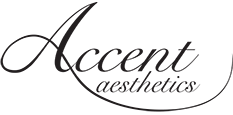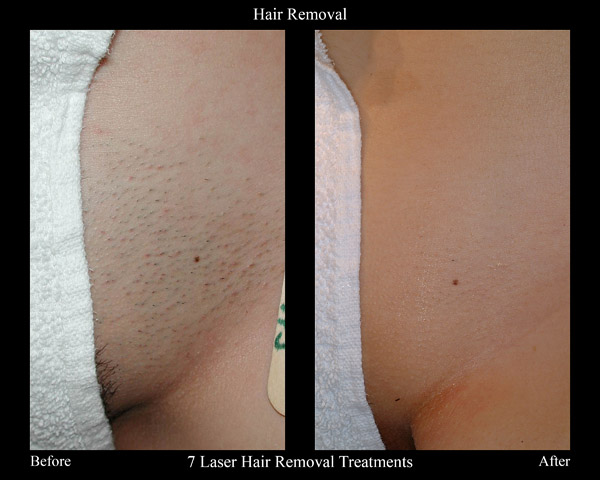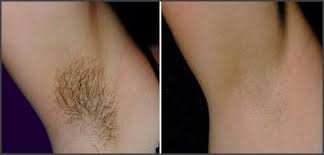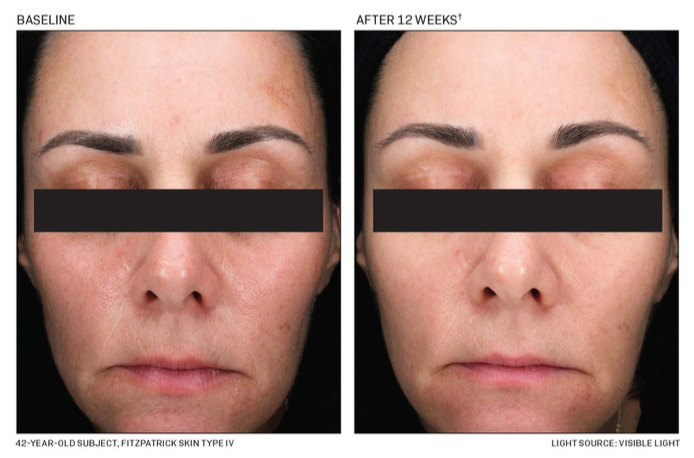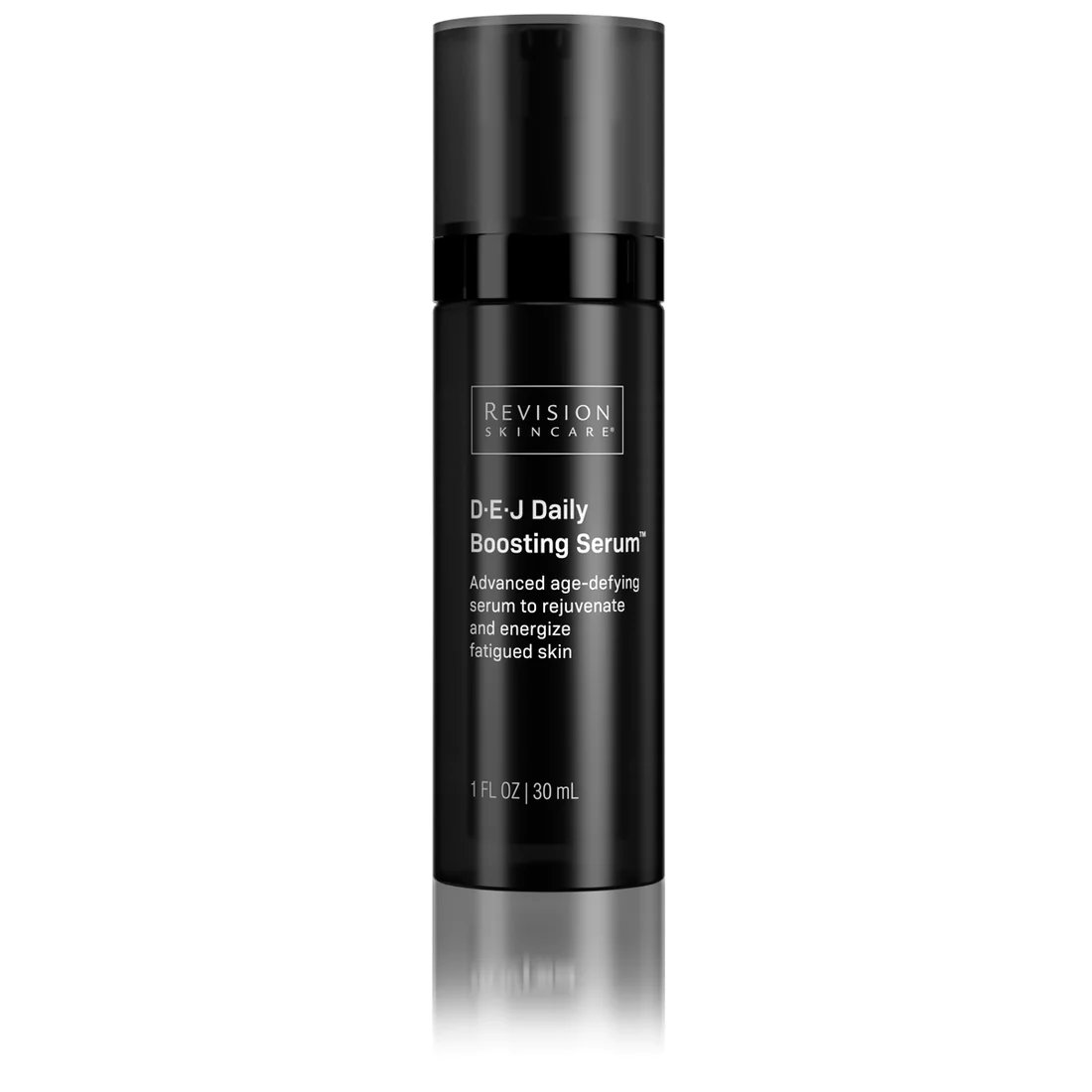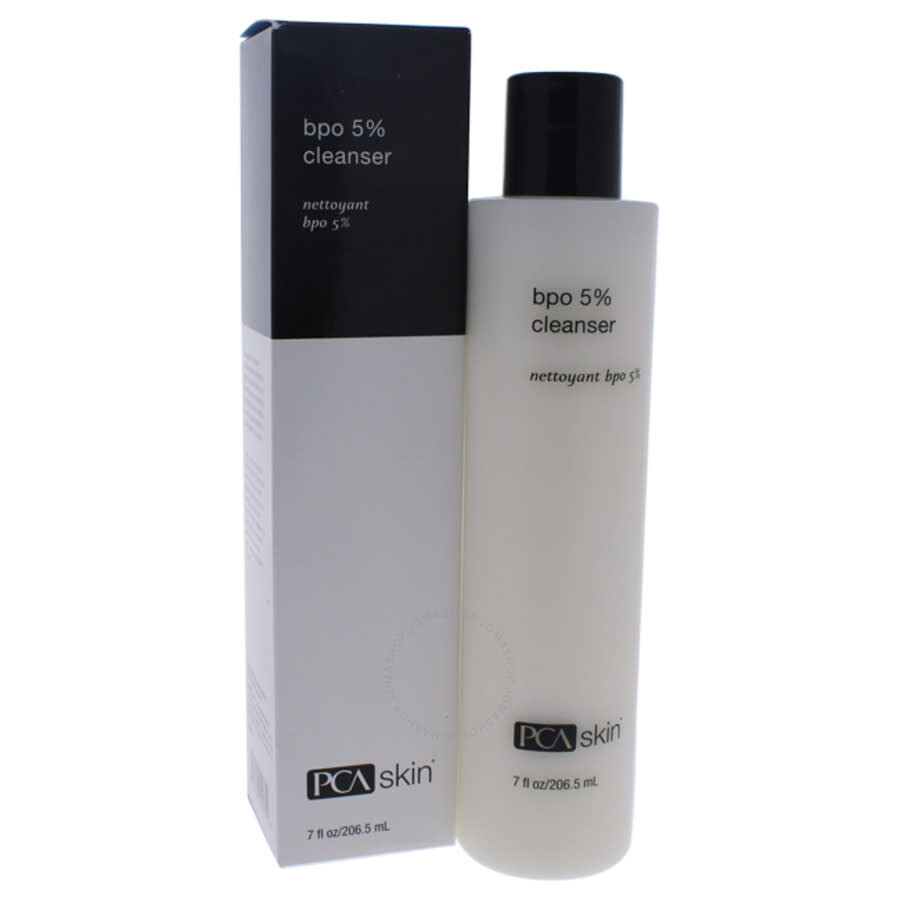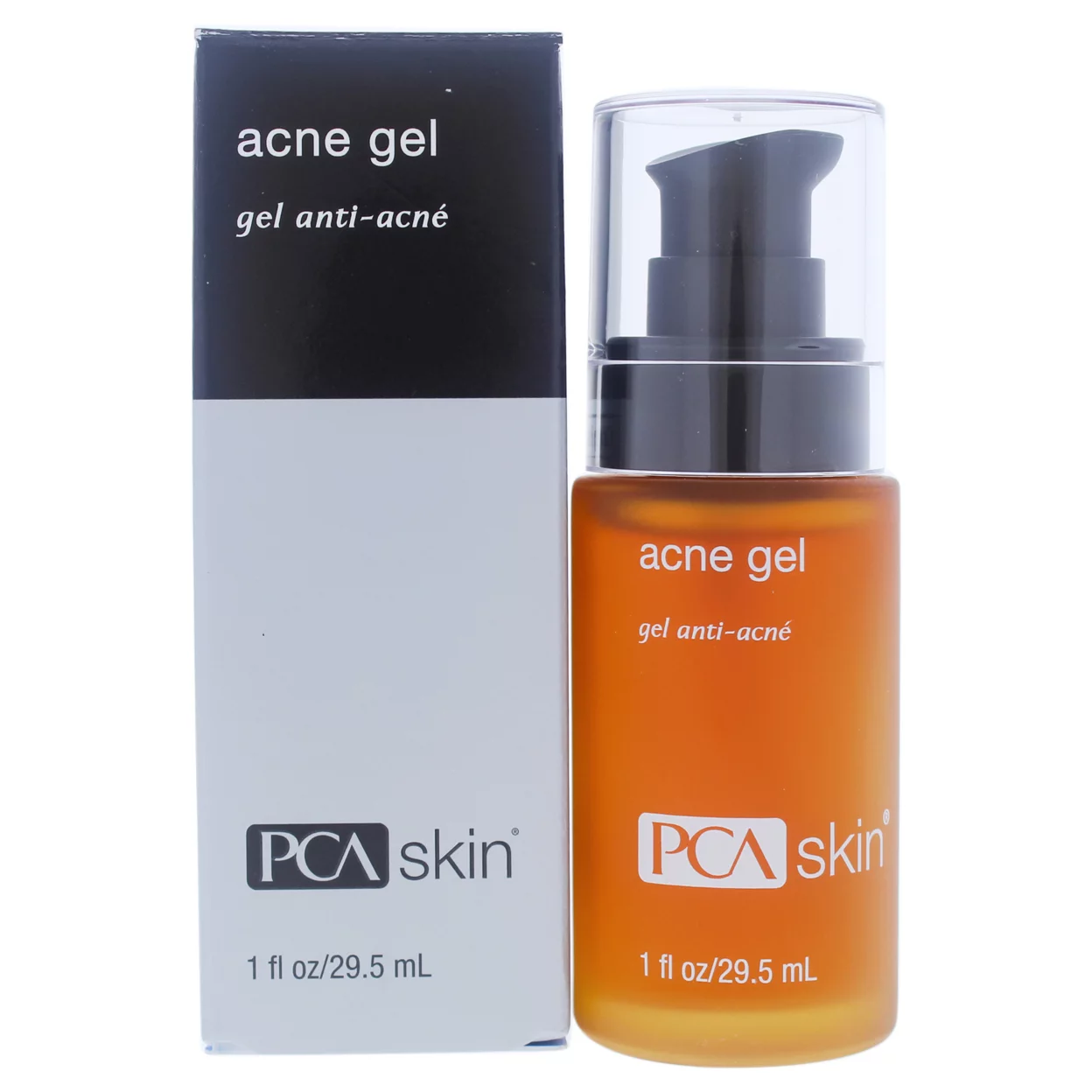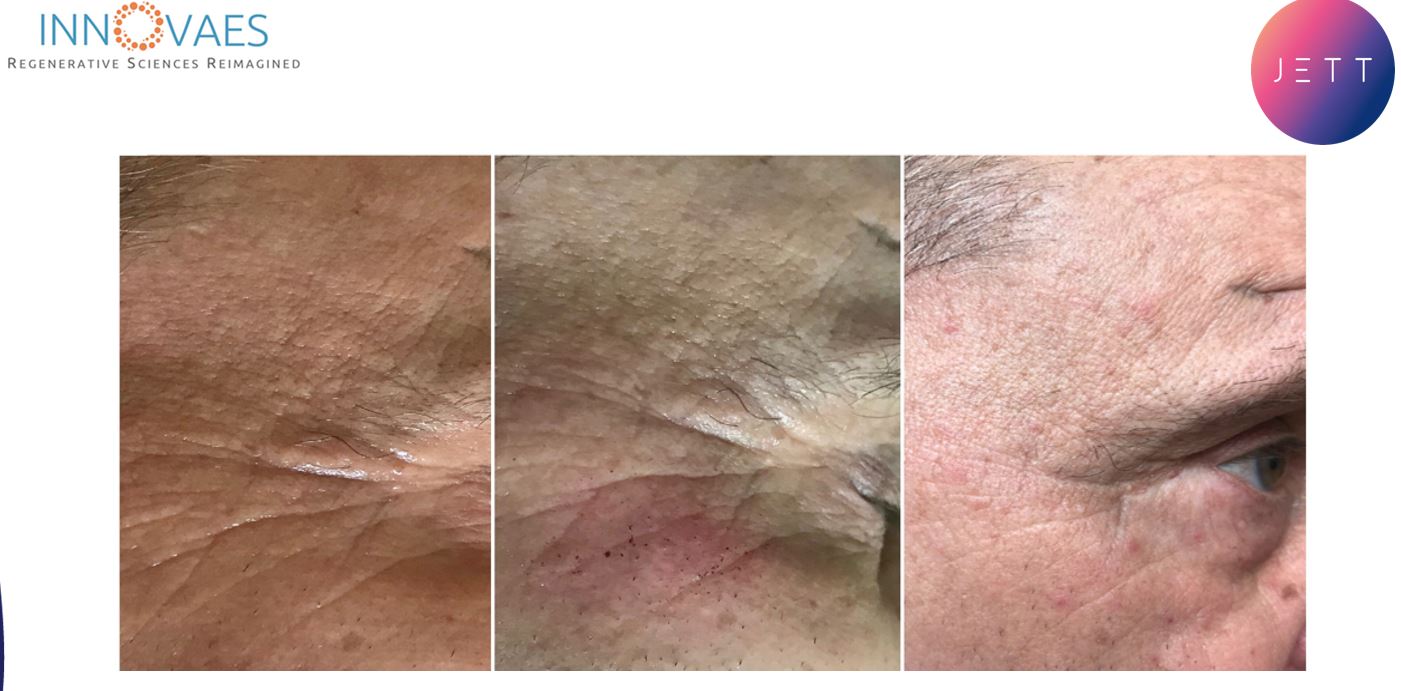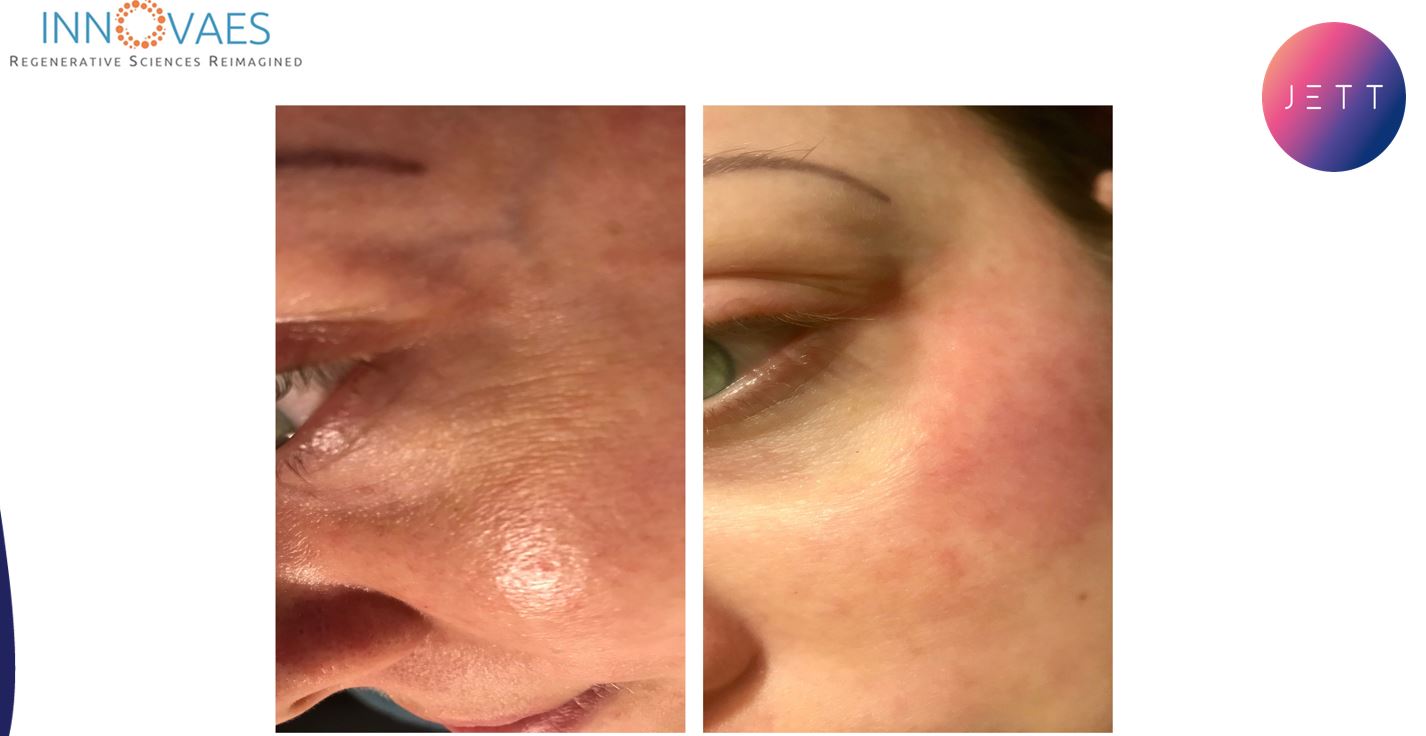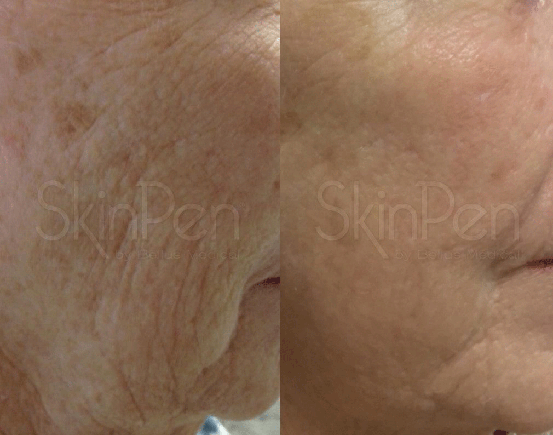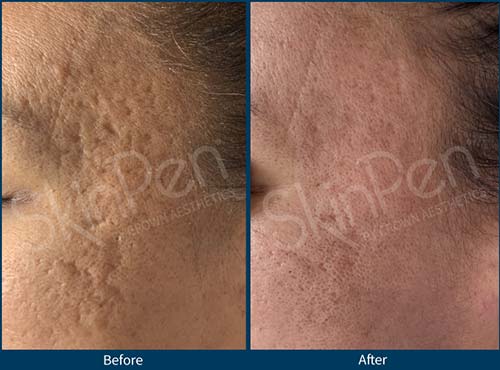Colorado Fall Skincare Tips
It’s getting cooler, and DRYER!
If you’ve lived here forever or even for just a little while, you know the change of seasons here in Colorado can be extreme. It’s 96 degrees and sunny one day, 29 degrees and snowing the next. Welcome to Fall in Colorado! It comes in quick!
These changes often wreak havoc on your skin. But luckily there are a few fall skincare tips and simple changes you can make to your skincare routine that will ease your skin in without any issues!
Fall Skincare Tip #1: Switch up your cleanser
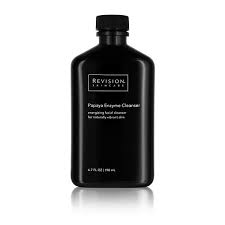
This is an easy and inexpensive way to help your skin adjust to the seasons. If your using a foaming cleanser with anti-acne properties such as Salicylic Acid or Benzoyle Peroxide, start using a more gentle, foaming, fruit enzyme cleanser such as Revision Papaya Enzyme Cleanser. This cleanser uses Papain, a fruit enzyme derived from papaya, to gently polish away dead surface cells and keep pores clear without stripping the skin’s natural moisture. It also delivers vitamins and minerals to the skin helping brighten it up after the harsh, sunny summer. (And it smells divine!)
Fall Skincare Tip #2: Swith up your nightly retinol
We LOVE our retinols, they do so many important things. Create new collagen, hold on to the collagen we have and increase cell turnover, all things that create and maintain healthy, youthful skin. But higher concentrations can be drying, especially this time of year. It’s ok to use something lighter if it means you can use it consistently through the season. Our fave is Revision Skincare’s DEJ Night Face Cream. It’s a low strength retinol combined with their anti-aging/anti-redness moisturizer. You can use it every night without irritation or dryness. An Accent Aesthetics MUST HAVE!
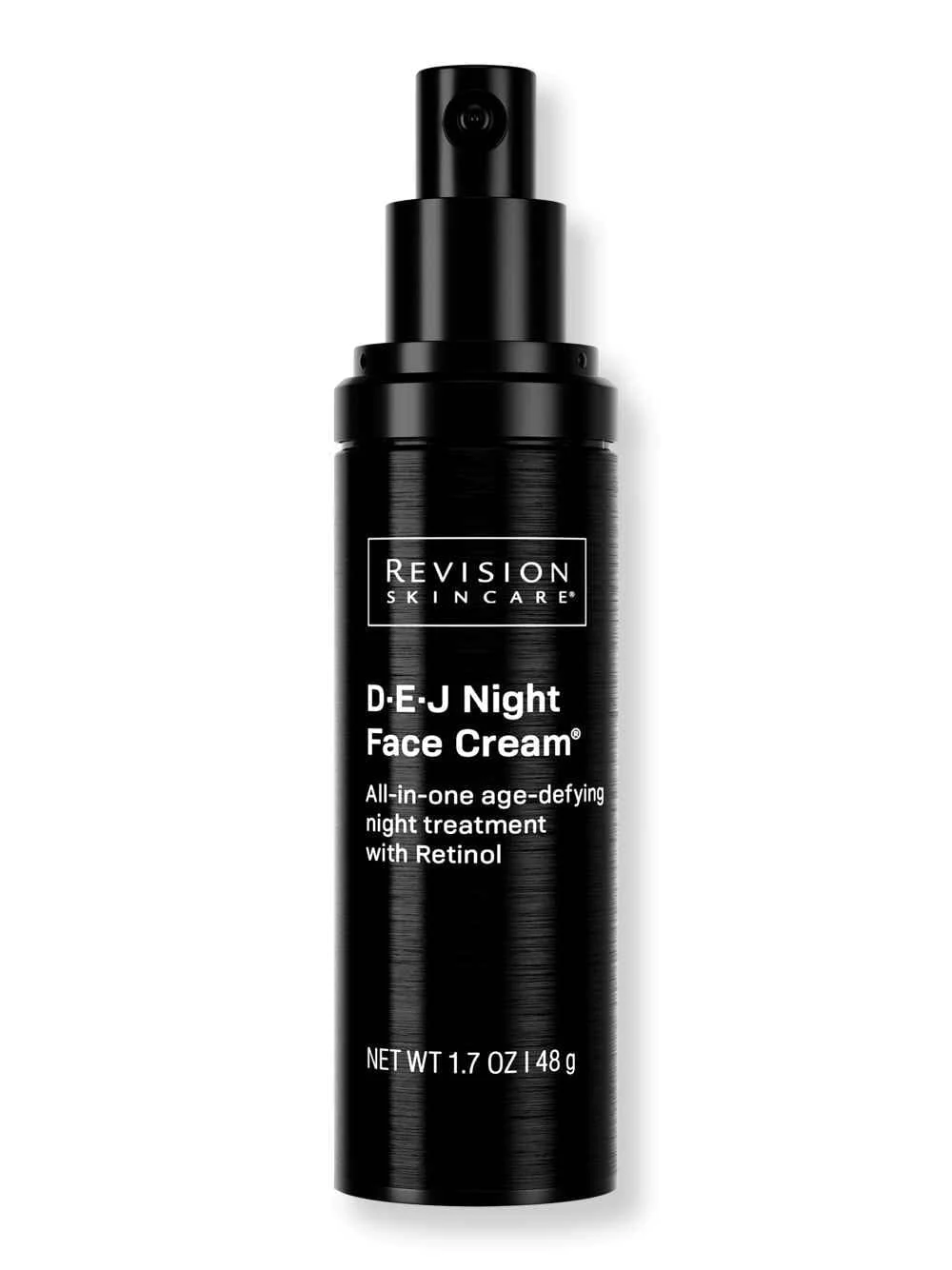
Fall Skincare Tip #3: ADD THIS MASK TO YOUR NIGHTLY ROUTINE

We feel like this product was made just for us here in Colorado! It goes on after your nightly products such as retinol and sooths and hydrates all night long.You wake up soft and glowing! And it may be the best thing you’ll ever smell!
fall skincare fall skincare fall skincare fall skincare fall skincare fall skincare
